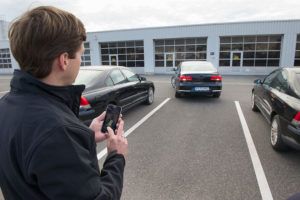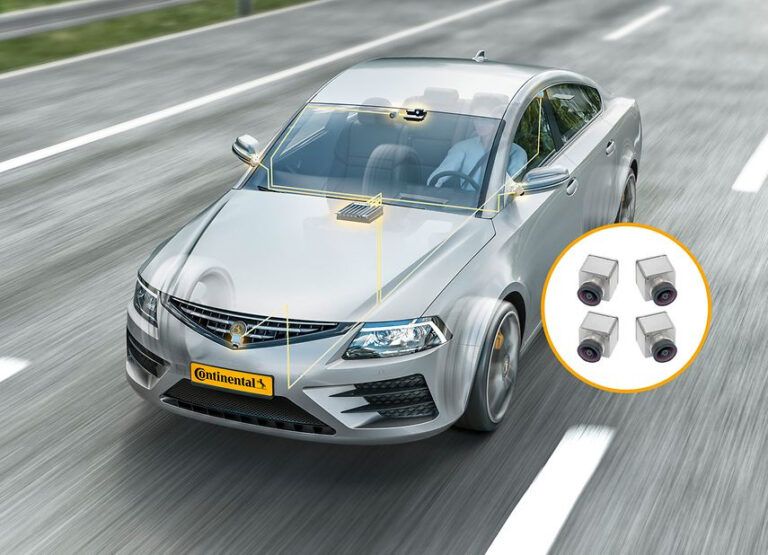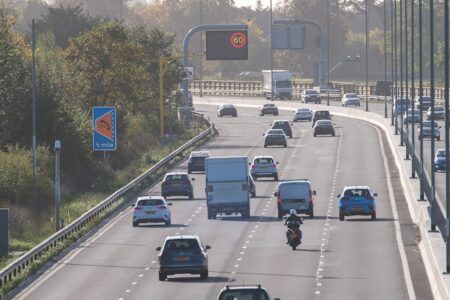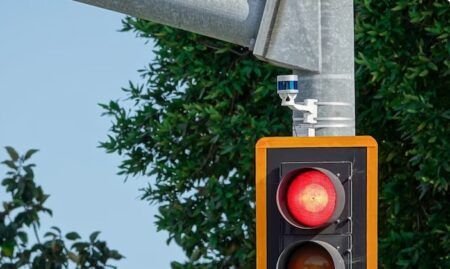As it moves towards increasingly automated transportation and to help achieve is Vision Zero ambition of a future without road traffic accidents, German automotive technology supplier Continental has launched a new integrated multi-camera system for 360-degree visibility.
Surround view systems consisting of several satellite cameras provide an all-around view of the vehicle environment from a bird’s eye perspective, looking forward to identify road signs, traffic lights or lane markings, and back and to the side to increase ‘blind spot’ visibility. Continental is now bundling these components, which were previously deployed separately, to form a complete system, with several satellite cameras providing high-precision image data that is processed and evaluated by a central control unit. The system is modular, scalable and connected, and enables numerous new functions that make driving safer, more comfortable and, if desired, automated.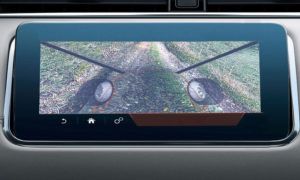
Recently given a CES 2020 Innovation Award, Continental’s ‘transparent hood’ function has now gone into series production for a European SUV. When driving slowly, the ground beneath the engine compartment is displayed on the screen in the vehicle. With the help of the new optical information, a vehicle can be maneuvered precisely and in a controlled manner in narrow parking spaces with high curbs, over speed bumps and potholes, or when off-roading over rocks and rough terrain. To the driver it looks as though the hood and the engine compartment beneath it are transparent.
If all four satellite cameras are connected to a central control unit that can evaluate the image information and trigger the corresponding functions, not only is automated parking made safer, but remote or valet parking functions can also be implemented. The driver can then get out, and the vehicle manoeuvres itself in or out of a space at the push of a button. Rear-view mirrors can also be replaced by satellite cameras, with 1.3MP resolution units currently being installed on cars, and a new generation of 2.5MP cameras with improved night vision about to go into production. Continental is already developing an 8MP camera that can replace the traditional rear-view and inside mirrors.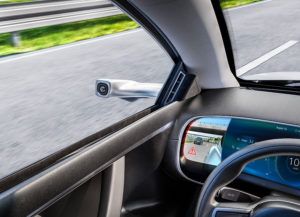
For self-driving applications, intelligently integrated satellite cameras not only reproduce reality as accurately as possible, they also evaluate the optical information in combination with Continental’s Assisted & Automated Driving Control Unit (ADCU), and react to the vehicle’s surroundings and driving situation.
Continental’s head of visualisation functions, Markus Friebe, said the award-winning transparent hood feature, “The image of the terrain around the vehicle is provided by the satellite cameras already installed in many vehicles. They are located at the front of the radiator grill, at the rear and there is one at the bottom of each of the side mirrors. However, the satellite cameras themselves cannot depict the space underneath the car. An intelligent Image Processing Algorithm that we developed, which also includes different vehicle sensor data, is reconstructing the image under the vehicle and inserts this image exactly into the surround view displayed to the driver.”